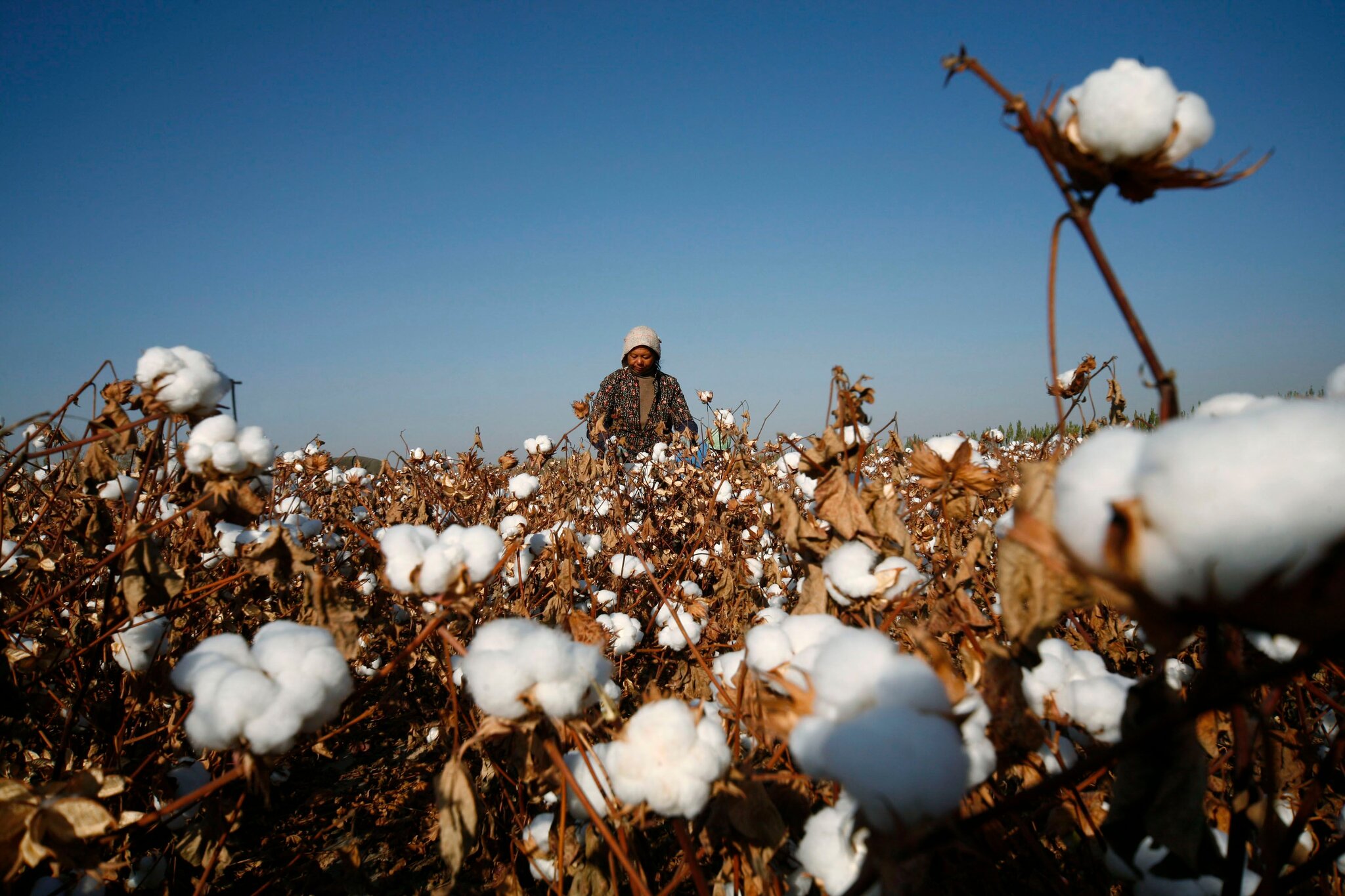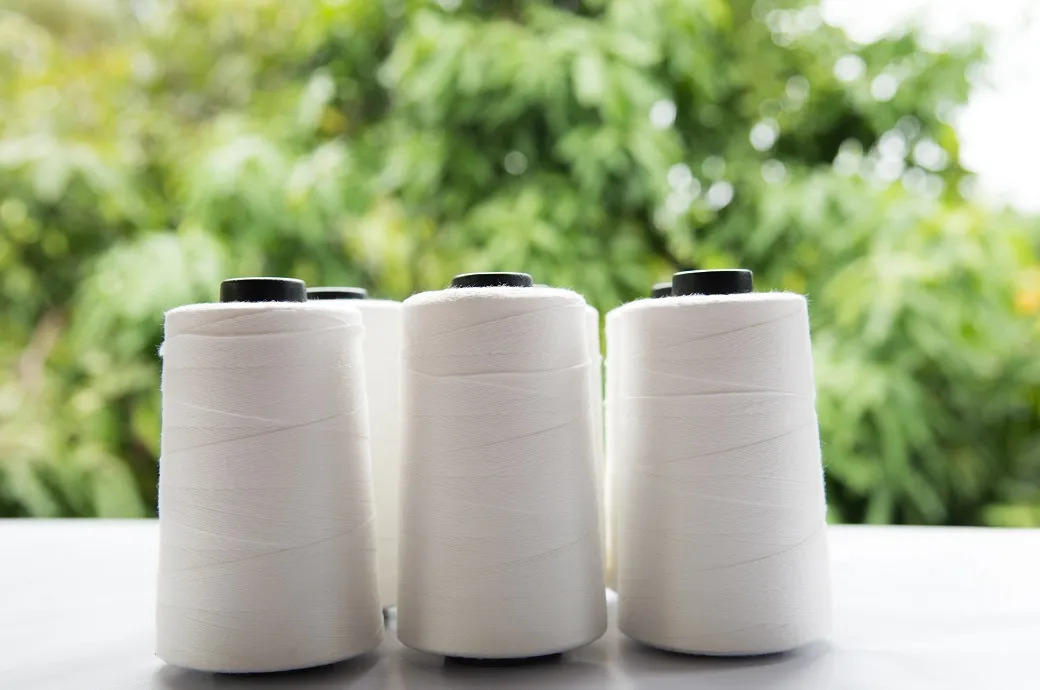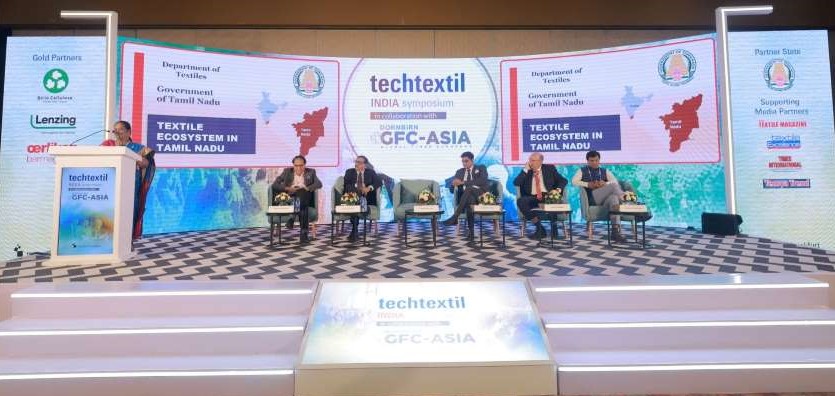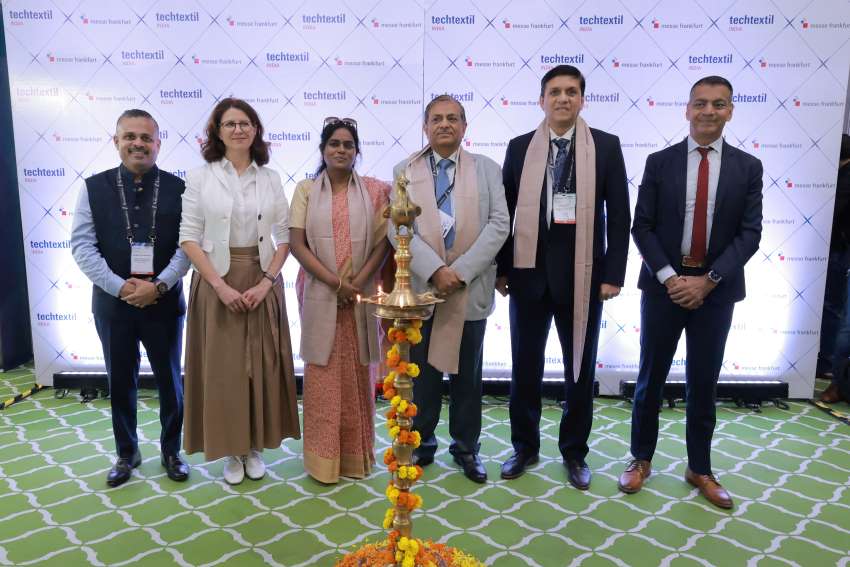Over the past decade, apparel imports by the United States from Bangladesh increased by 3.95 per cent despite a slight decline of 0.25 per cent in America's overall global sourcing, as reported by Bangladeshi apparel exporters.
During a recent virtual hearing held by the United States International Trade Commission (USITC), Faruque Hassan, President, BGMEA, stated, Bangladesh has experienced a 0.99 per cent increase in unit price over the past decade, whereas the global average unit price paid by the US has decreased by 0.04 per cent. This underscores Bangladesh's competitive edge in the market.
Chaired by David S. Johanson, Chairman, USITC, the hearing focused on various aspects including labor rights, labor laws, worker productivity, and wages in Bangladesh.
Tapan Kanti Ghosh, Senior Commerce Secretary briefed the hearing on the government's initiatives to improve workers' rights, particularly through amendments to labor laws. Initiated by a fact-finding investigation by the USITC, the hearing aimed to assess the export competitiveness of apparel industries in Bangladesh, Cambodia, India, Indonesia, and Pakistan, major clothing suppliers to the US market.
During the session, Hassan highlighted, while overall US apparel imports had declined by 2.45 per cent, imports from China had also dropped significantly by 4 per cent, creating an opportunity for Bangladesh to fill the gap. Bangladesh's apparel exports to the US market surged from $5.0 billion to $7.3 billion during this period. Moreover, despite a 0.20 per cent decline in global imports by the US in terms of quantity, Bangladesh experienced a growth of 2.93 per cent.
Acknowledging the challenges posed by rising production costs, particularly due to energy price hikes, Hassan explained Bangladesh's strategic shift towards investing in technology, machinery, and worker skills to enhance productivity and competitiveness. Despite a recent decline of over 36 per cent in Bangladesh's exports to the US in January 2024, the industry remains focused on optimising resources and reducing costs, he added.
Regarding imports of raw materials, Hassan mentioned that Bangladesh sources man-made fibers (MMF) from various countries including India, China, and Korea, but does not import cotton from China. H, Bangladesh's labor productivity is lower than that of some other countries like China, Vietnam, and Indonesia.












